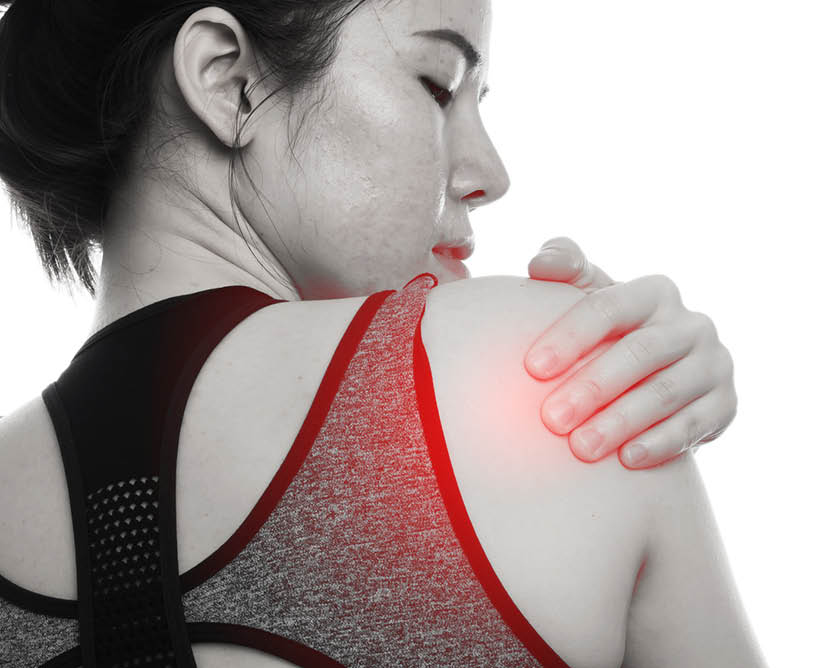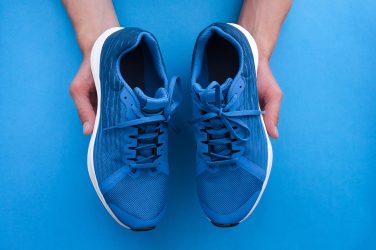Avoid injury while staying active
 Living an active life can unfortunately sometimes lead to injuries, and the probability for pain can become more likely as we age. However, regardless of our age group, physicians agree that it’s important to listen to our bodies. Whether we’re at work, participating in recreational or competitive sports, or just working out, physical activity can hurt our bodies if we overdo it or use incorrect form. The result could be sore muscles or joints, and severe injuries can lead to needing physical therapy or even surgery. Sound painful? Taking the hurt out of strenuous activities all starts with moderation.
Living an active life can unfortunately sometimes lead to injuries, and the probability for pain can become more likely as we age. However, regardless of our age group, physicians agree that it’s important to listen to our bodies. Whether we’re at work, participating in recreational or competitive sports, or just working out, physical activity can hurt our bodies if we overdo it or use incorrect form. The result could be sore muscles or joints, and severe injuries can lead to needing physical therapy or even surgery. Sound painful? Taking the hurt out of strenuous activities all starts with moderation.
Repetitive movements at work or doing the same daily exercise may increase your chances of injury. Instead, try to add variety to your physical routine and make sure you have rest periods. “Cross-training refers to varying your workouts throughout the week to change the main muscle groups and intensity of exercise. This helps clear out the lactic acid build-up from previous workouts and allows muscles to rest and recover,” states Dr. John Green, orthopedic surgeon with The University of Texas Health Science Center San Antonio. While many of us may feel that exercise without pain means no gain, Dr. Green explains this saying only refers to having sore muscles the day after the physical activity and not any longer.
It’s no surprise that a physician who runs 30 miles a week agrees with him. “When it hurts, that is not the time to push through. As we age, the idea of ‘no pain no gain’ becomes more and more detrimental.
Pain is the body’s way of telling us there is damage, and we all need to do a better job listening to it and backing off,” says Dr. Nicholas Maassen of the Department of Orthopaedic Surgery and Rehabilitation at The University of Texas Medical Branch at Galveston.
Dr. Maassen’s secret to a successful workout is to add variety and rest, and avoid pain. Although he is a board certified orthopedic surgeon, he also considers Mom an expert. “The advice our mothers gave us is key—‘if it hurts, don’t do it.’ If my knee or foot starts to hurt while running, I move to my bike so as to reduce the impact and use the muscle groups differently,” he adds.
While it’s important to avoid overworking muscles and joints, there’s no doubt that exercise helps combat disease, so being active is vitally important. “Regular exercise may be the best medicine to prevent and treat medical conditions like high blood pressure, heart disease, stroke, and diabetes,” says Dr. Green, who is board certified in orthopaedic surgery and orthopaedic sports medicine.
He stresses that our bodies need more rest as we age, and the longer it’s been since we exercised regularly, the more careful we need to be to start with a steady pace. Being a weekend warrior can have painful outcomes, so try to avoid cramming a week’s worth of physical activity into two days.
Treatment for injuries may include anti-inflammatory medication, physical therapy, modifying your physical routine, or even surgery. For those of us who want to live a long, healthy life there’s no better medicine than exercise. Dr. Green points out a study that reveals that even small amounts of exercise can increase life expectancy by 1.8 years. That fact should motivate us all to keep moving.
By Perla Sarabia Johnson









